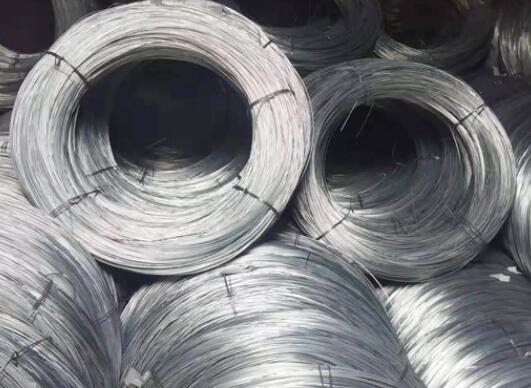Understanding Iron Wire Size A Comprehensive Guide
When it comes to construction, crafting, or various industrial applications, iron wire is a fundamental material. Its strength, durability, and versatility make it a popular choice for several projects. However, one crucial aspect that users often overlook is wire size, particularly when dealing with iron wire. Understanding iron wire size is essential for achieving optimal results in any endeavor.
What is Iron Wire Size?
Iron wire size refers to the diameter or thickness of the wire, typically measured in gauges or millimeters. The size of the wire significantly impacts its strength, flexibility, and suitability for specific applications. Different projects demand different wire sizes to ensure that the final product can withstand environmental stresses and physical forces.
Measurement Standards
Wire size can be measured using various systems, most notably the American Wire Gauge (AWG) and the metric system. In the AWG system, a higher gauge number indicates a thinner wire. For instance, a 14-gauge wire is thicker than a 20-gauge wire. In contrast, the metric system measures wire diameter directly in millimeters, offering a straightforward approach for users familiar with metric measurements.
Choosing the Right Size
Selecting the appropriate iron wire size is critical for ensuring the structural integrity and functionality of various projects. Here are a few factors to consider
iron wire size

1. Purpose Determine the primary function of the wire. Are you using it for fencing, crafting, or reinforcement? Each application will have specific size requirements.
2. Load Bearing If your project involves supporting weight or enduring tension, opt for a thicker wire. Thicker wires possess greater tensile strength, making them suitable for load-bearing applications.
3. Flexibility Requirements Thinner wires offer more flexibility and can be easily bent or twisted. This is particularly useful in artistic or design applications where intricate shapes are needed.
4. Environmental Exposure Consider the environment where the wire will be used. If it’s exposed to moisture or chemicals, ensure the wire is adequately coated or galvanized, regardless of its size.
Common Applications of Iron Wire Sizes
Iron wire is used in various applications, from industrial to home projects. For fencing, a typical size would be around 12-14 gauge, providing strength and security. In craft projects, thinner wires (like 20-24 gauge) are often preferred for detailed work. In construction, reinforcement wire, commonly 10-12 gauge, is used to augment concrete structures providing significant strength.
Conclusion
In summary, understanding and selecting the appropriate iron wire size is vital for achieving success in a myriad of projects. Whether you're working on a construction site, engaging in creative arts, or doing home improvements, the correct choice of wire size can ensure strong, durable, and effective outcomes. Take the time to assess your project’s specific needs, and you’ll find that the right iron wire size can make all the difference.

















